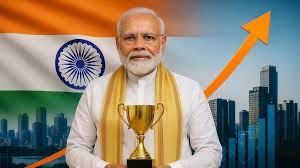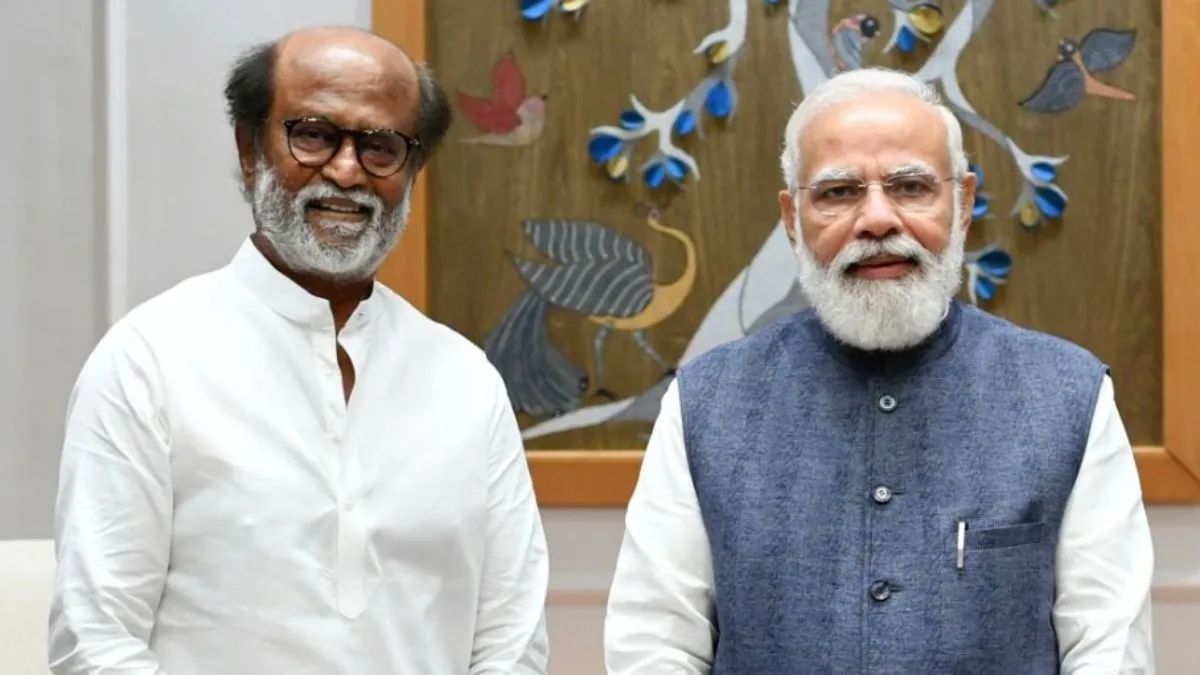 Image Source: India Today
Image Source: India Today
India’s journey from a struggling post-colonial economy to one of the world’s fastest-growing major powers is a story of resilience, reform, and ambition. Today, with a GDP growth rate that continues to outpace many global peers, and a dynamic domestic market, India has rewritten its destiny dramatically in the span of just over seven decades.
Key Highlights of India’s Economic Rise
India’s GDP expanded by 6.5% in the 2024-25 fiscal year, making it the fastest-growing major economy globally despite global economic headwinds.
This impressive growth follows a record 9.2% surge in the previous year, showcasing India’s resilience amid complex global financial conditions.
The country’s economy reached nearly $3.9 trillion in nominal GDP by early 2025, signaling its rising influence on the global stage.
Strong domestic demand, rural consumption, and public investment have been key growth drivers, with private investments showing promising signs of recovery.
India is working towards ambitious future targets, including nearly 6.4-6.7% growth projections for the coming fiscal year, backed by innovative policies and infrastructural expansion.
Tracing the Path: From Colonial Aftermath to Independent Growth
In 1947, India inherited a fragmented, agrarian economy burdened by colonial extraction and infrastructural deficits. Initial years focused heavily on self-reliance, with large public sector investments and import substitution policies aimed at jumpstarting industrial development.
Economic Liberalization and Reforms
The watershed moment arrived in 1991 when India launched sweeping economic reforms to liberalize trade, deregulate industries, and open up to foreign investment. This pivot:
Boosted exports and attracted global capital.
Accelerated growth of services and manufacturing sectors.
Improved fiscal management and inflation control, paving the way for sustained expansion.
Over the last three decades, India’s technology and digital sectors flourished, rural electrification expanded, and urban centers modernized rapidly, creating new engines of growth.
Demographic Dividend and Consumption Power
India benefits from a young, growing population fueling demand and an expanding labor force. Enhanced education and digitization are slowly transforming this demographic advantage into a competitive edge. Consumer spending, especially in rural and tier-2/3 cities, continues to rise, underpinned by increased financial inclusion and government subsidies.
Infrastructure and Investment Push
Government-led programs have prioritized infrastructure development with colossal spending on roads, railways, ports, and digital connectivity. These initiatives:
Facilitate trade and market linkages.
Enhance ease of doing business.
Foster regional economic integration.
Alongside public investment, private enterprises are investing in manufacturing, renewable energy, and technology sectors, further propelling economies of scale and innovation.
Challenges and the Road Ahead
Despite notable progress, challenges such as employment generation, income inequality, and rural-urban divides remain. The government’s focus on skill development, digital literacy, and sustainable growth aims to address these.
Macroeconomic stability—bolstered by manageable inflation rates around 2.8%, currency stabilization, and fiscal prudence—provides a solid policy framework. Furthermore, initiatives such as Make in India, Startup India, and targeted reforms to attract foreign direct investment enhance the investment climate.
Global Standing and Future Prospects
India’s consistent growth trajectory has caught global attention, with forecasts by institutions like the International Monetary Fund and Morgan Stanley predicting India will remain the fastest-growing large economy through 2026 and beyond. Its energy transition, technological innovation, and expanding consumer market uniquely position it for sustained prosperity.
To capitalize fully on this momentum, India must continue reforms, invest in human capital, and ensure inclusive growth that benefits all segments.
Sources: Ministry of Statistics and Programme Implementation (MOSPI), Press Information Bureau (PIB) India, Economic Times
Advertisement
Advertisement






